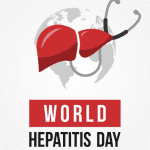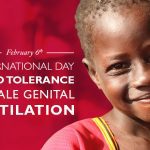Female genital mutilation remains widespread with Nigeria accounting for an estimated nineteen million survivors.
Globally, Nigeria has the third highest number of women and girls who have been put through the trauma of FGM.
Health correspondent Kemi Balogun looks at this issue and the lifelong scars and complications it leaves behind on those who have been cut.
Deeply rooted in traditional, cultural beliefs and perceptions spanning through decades and generations of women who do not recognize the human rights violations and trauma it causes.
Female genital mutilation continues to be a global conversation that seems uneasy to change.
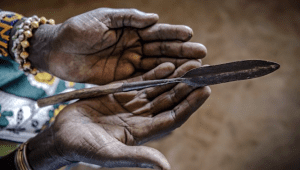
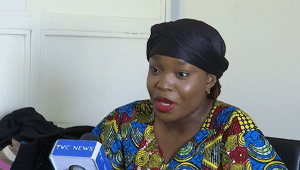
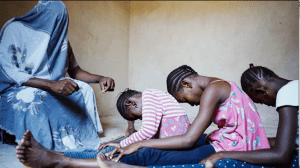
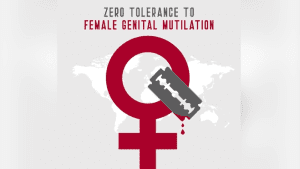
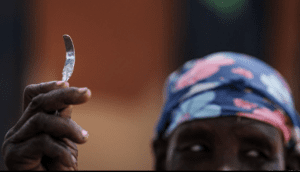
This unhealthy practice inflicted on women and girls, continues unabated in many parts putting more lives at risk on a daily basis.
An FGM advocate, Oguntosin Oluwatimilehin comes from a line of women who have been cut, but luckily for her, this line ended with her mother.
With her experience as a writer, she uses articles to educate and raise more awareness on the dangers of the unhealthy practice inflicted on women and girls.
According to data from the United Nations children’s fund, an estimated 86 percent of females were cut before their fifth birthday.
68 million girls worldwide are estimated to be a risk of female genital mutilation between 2015 and 2030.
Nigeria stands in third place globally accounting for 10% out of the 200 million women and girl survivors of FGM globally.
Zack Onwe is an advocate working to raise awareness in some communities, he tells us how ending FGM can be achieved.
In Nigeria, FGM is mostly carried out on girls between the ages of 0 and 15 years.
91 percent happens before their first birthday.
Doctor Liman explains to us the present and future damage that could occur when girls undergo this unhealthy cutting practice.
As global experts continue to advocate for an end to female genital mutilation, many women and girls out there remain at risk.



